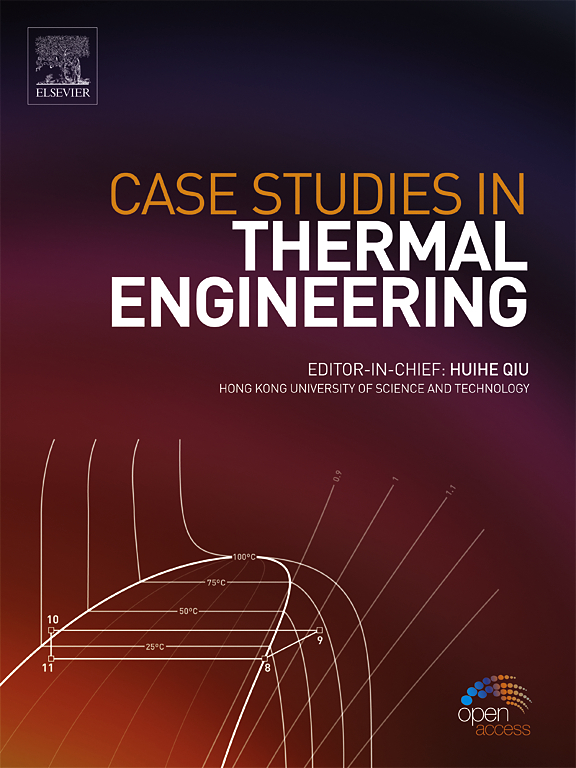Earth–lunar thermal effect on the temperature stability of TianQin telescope and the suppression methods
IF 6.4
2区 工程技术
Q1 THERMODYNAMICS
引用次数: 0
Abstract
TianQin is a geocentric space-based gravitational wave detection mission, it will confront a more complex and variable orbital thermal environment compared to heliocentric orbit missions like LISA. As one of the core payloads in TianQin, the telescope requires stringent temperature stability. Furthermore, the telescope operates as an open system directly exposed to the external environment. Besides the solar thermal irradiation, the earth and lunar heat irradiation exist in the TianQin orbit, and may enter the telescope during the observation period. Up to now, the effect of earth–lunar heat flux on the temperature stability of the TianQin telescope has not been addressed. In this article, an innovative algorithm is proposed for accelerating the Gebhart factors calculation, and the detailed evaluation from the direct earth and lunar heat flux to the telescope’s temperature stability has been accomplished. Our findings reveal that the temperature stability of the telescope’s secondary mirror closely approaches the level of total TianQin requirement (about 2 mK/@0.1 mHz and 5K/@2 mHz) in the absence of a baffle, especially in proximity to frequencies of the 0.1 mHz and 2 mHz. To suppress the heat flux influence, we researched the effect of the geometry and surface thermo-optical property of the baffle on the temperature stability of the telescope. A bunched entrance baffle is optimized by Linear Programming analysis based on the smallest laser aperture and baffle geometric size constraint and then achieved temperature stability of about 0.3 mK/ @0.1 mHz for the secondary mirror. In addition, An empirical formula derived from conic curve analysis is utilized to guide the iterative optimization of vanes. Subsequent implementation of vanes within the baffle serves to further suppress the earth and lunar heat flux disturbances, leading to an improved temperature stability of about 0.04 mK/ @0.1 mHz and 0.7 @2 mHz, one order of magnitude below the TianQin total requirement. The methods and results can also provide enlightenment for other similar space missions.
求助全文
约1分钟内获得全文
求助全文
来源期刊

Case Studies in Thermal Engineering
Chemical Engineering-Fluid Flow and Transfer Processes
CiteScore
8.60
自引率
11.80%
发文量
812
审稿时长
76 days
期刊介绍:
Case Studies in Thermal Engineering provides a forum for the rapid publication of short, structured Case Studies in Thermal Engineering and related Short Communications. It provides an essential compendium of case studies for researchers and practitioners in the field of thermal engineering and others who are interested in aspects of thermal engineering cases that could affect other engineering processes. The journal not only publishes new and novel case studies, but also provides a forum for the publication of high quality descriptions of classic thermal engineering problems. The scope of the journal includes case studies of thermal engineering problems in components, devices and systems using existing experimental and numerical techniques in the areas of mechanical, aerospace, chemical, medical, thermal management for electronics, heat exchangers, regeneration, solar thermal energy, thermal storage, building energy conservation, and power generation. Case studies of thermal problems in other areas will also be considered.
 求助内容:
求助内容: 应助结果提醒方式:
应助结果提醒方式:


